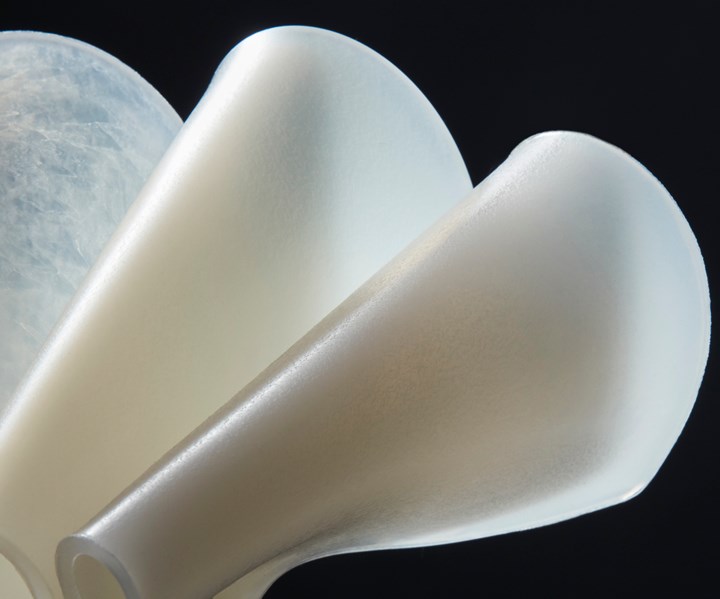Bio-derived thermoplastic elastomers designed for overmolding
PolyOne’s reSound OM thermoplastic elastomers, derived from sugarcane, are said to offer hardness levels and performance comparable to standard TPEs.

Source | PolyOne
PolyOne (Avon Lake, Ohio, U.S.) has launched its reSound OM (overmolding) thermoplastic elastomers (TPEs), the latest addition to its sustainable solutions portfolio. These new formulations, which comprise between 40-50% content derived from sugarcane — are said to offer hardness levels and performance comparable to standard TPEs.
According to the company, reSound OM addresses the goal of OEMs — particularly those who manufacture consumer products — to materials into their product designs that are both environmentally responsible and meet functional requirements.
The product portfolio consists of four overmolding grades compatible with rigid polypropylene, as well as one grade suited for overmolding onto ABS. All grades are formulated for durability, and are said to deliver property retention and UV resistance that are comparable to traditional TPEs.
The new grades also feature easy colorability for applications such as cosmetics packaging, personal care products and consumer electronics. With an opaque natural color, all reSound OM materials can either use traditional TPE colorants or be paired with sustainable colorants from PolyOne.
Related Content
-
Aviation-specific battery system uses advanced composites to address electric, hybrid flight
BOLDair’s composite enclosure, compression structures and thermal runaway management enables high-performance electric energy storage.
-
Carbon Mobile carbon fiber powers handheld gaming platform
HyRECM technology effectively stabilizes carbon fiber’s electrical and antenna properties, enabling development of next-gen electronics, such as the Snapdragon G3x Gen 2.
-
FibreCoat develops radar-absorbing fiber-reinforced composite
Broadband, flexible material offers protection against radiation, heat and electromagnetic interference, and maintains performance across curved surfaces and slanted angles, outperforming existing materials by up to 100 times.
.jpg;width=70;height=70;mode=crop)





